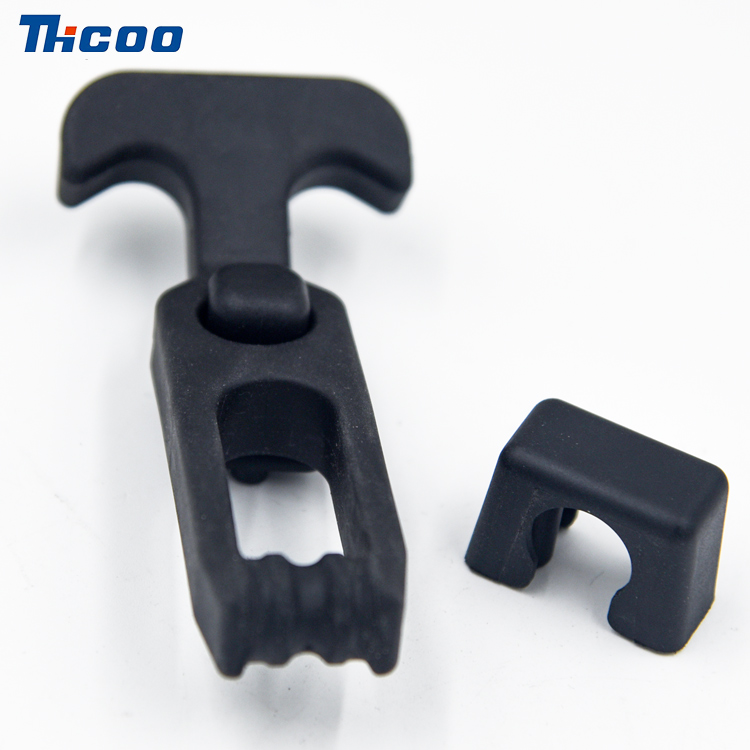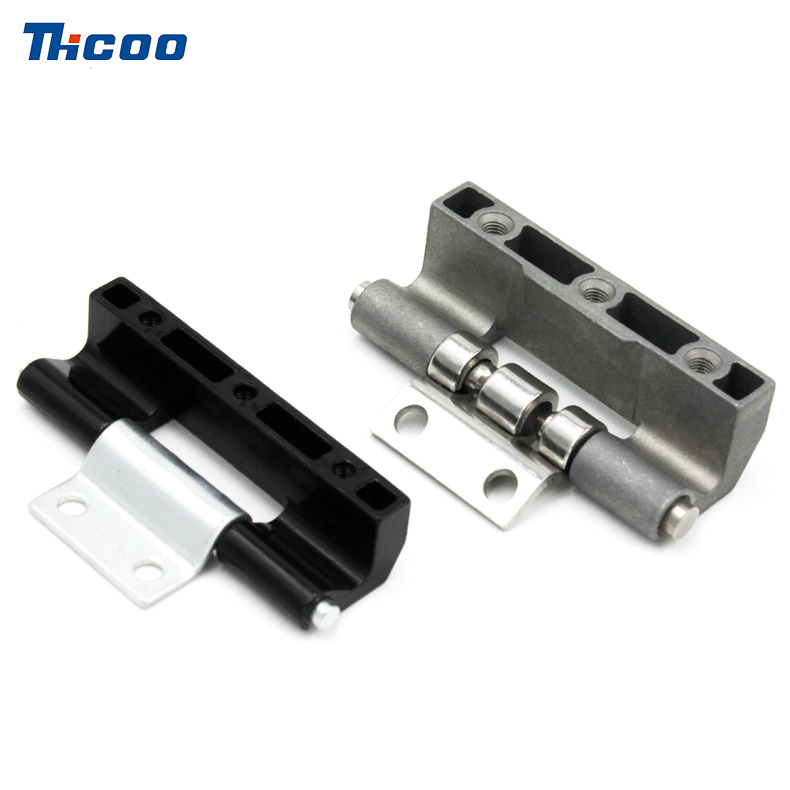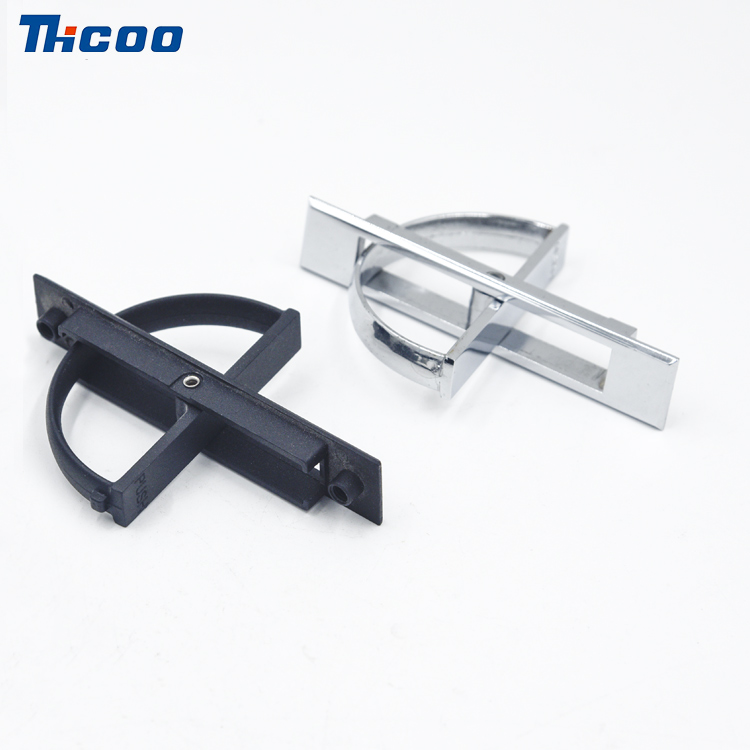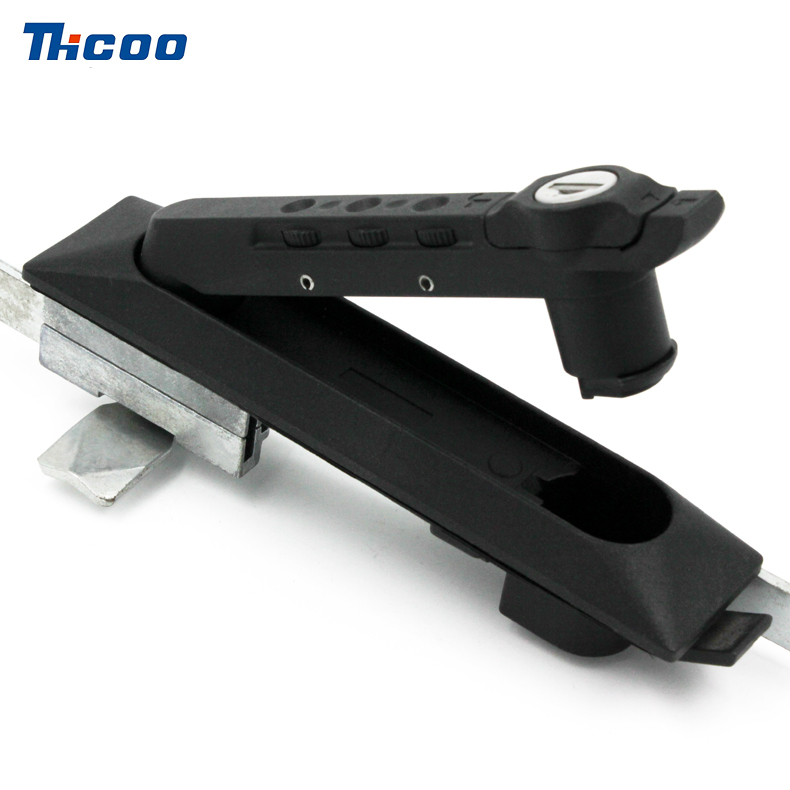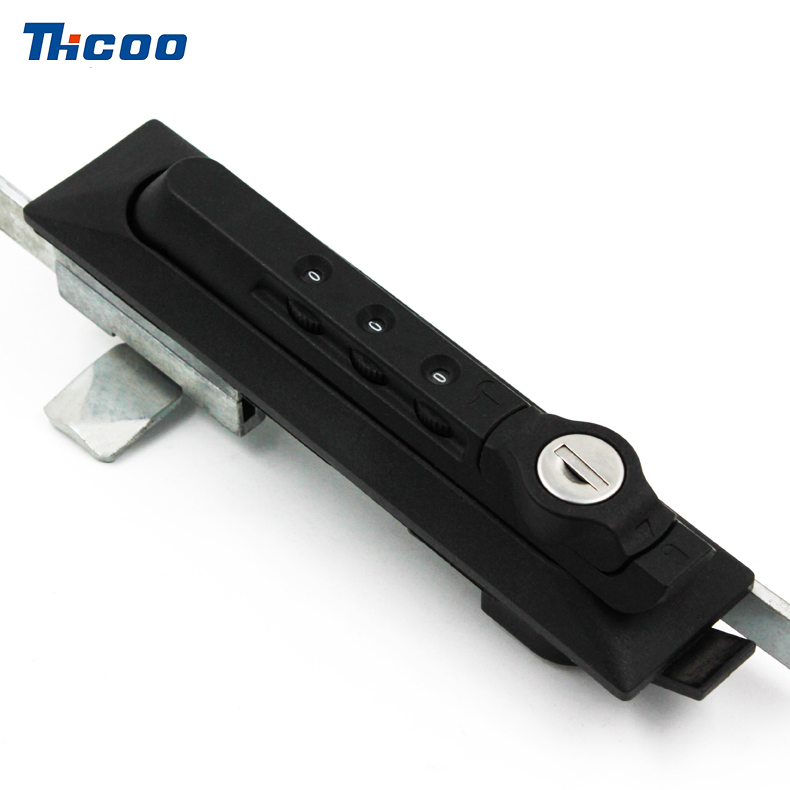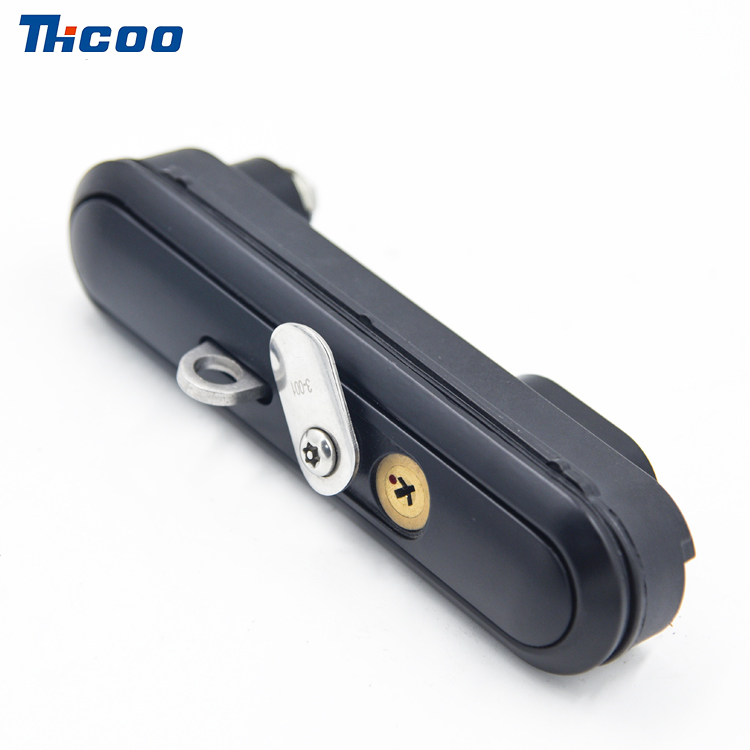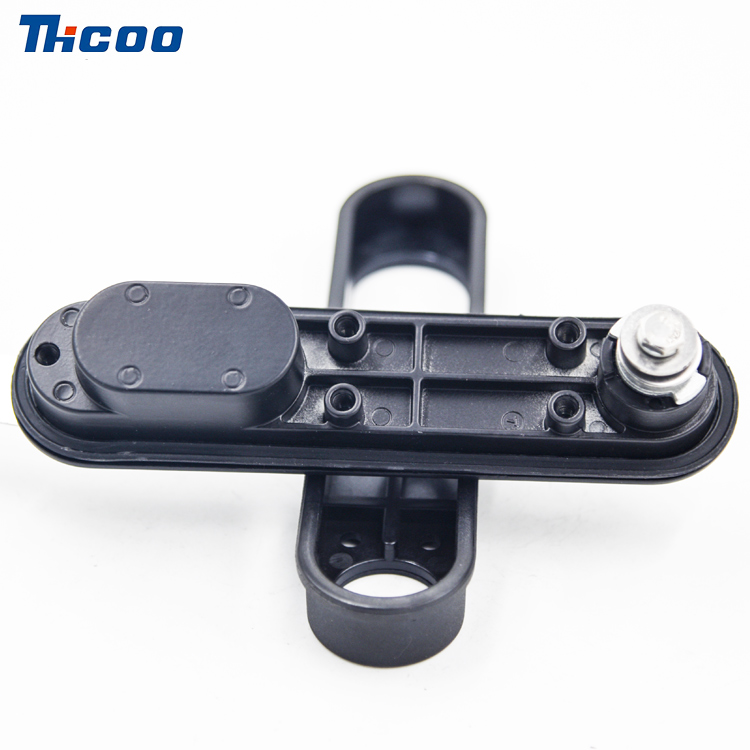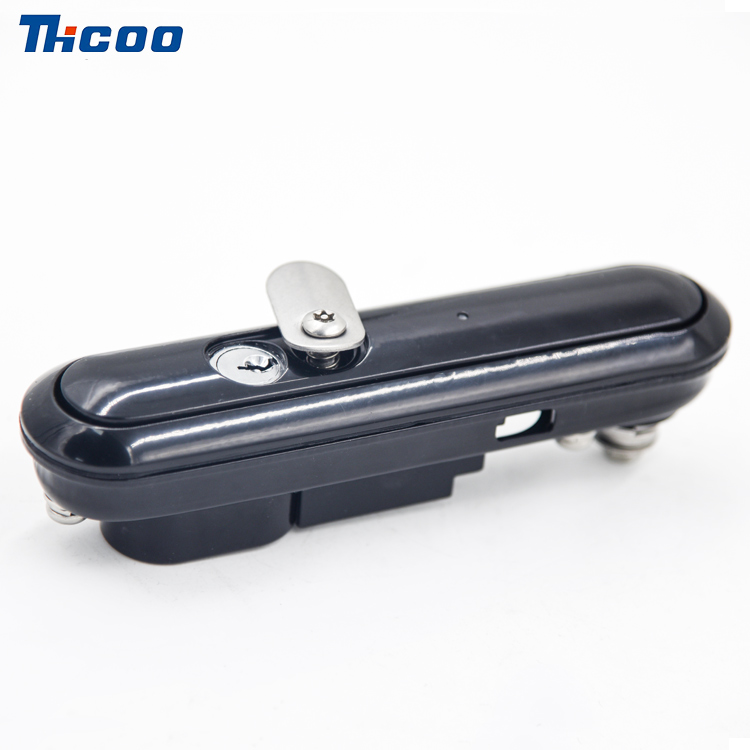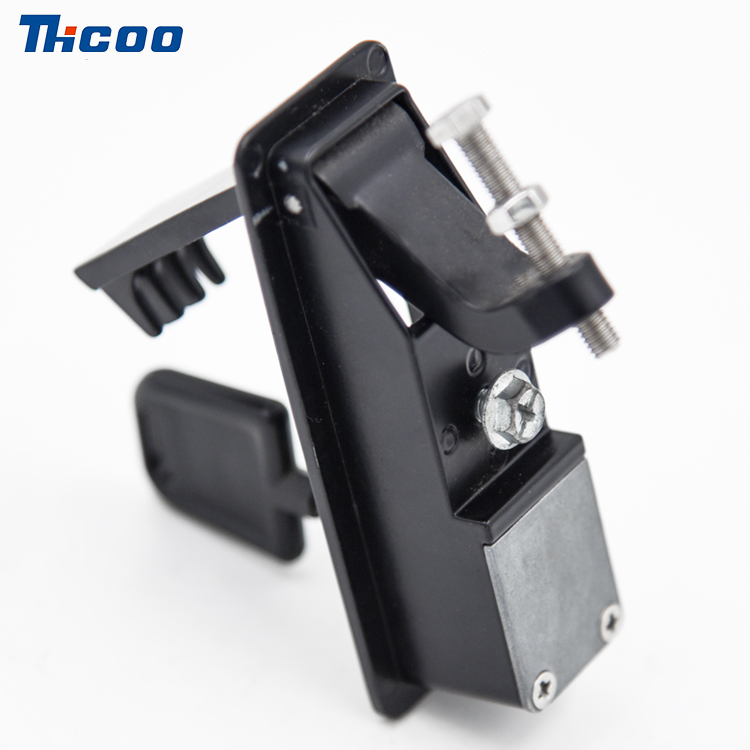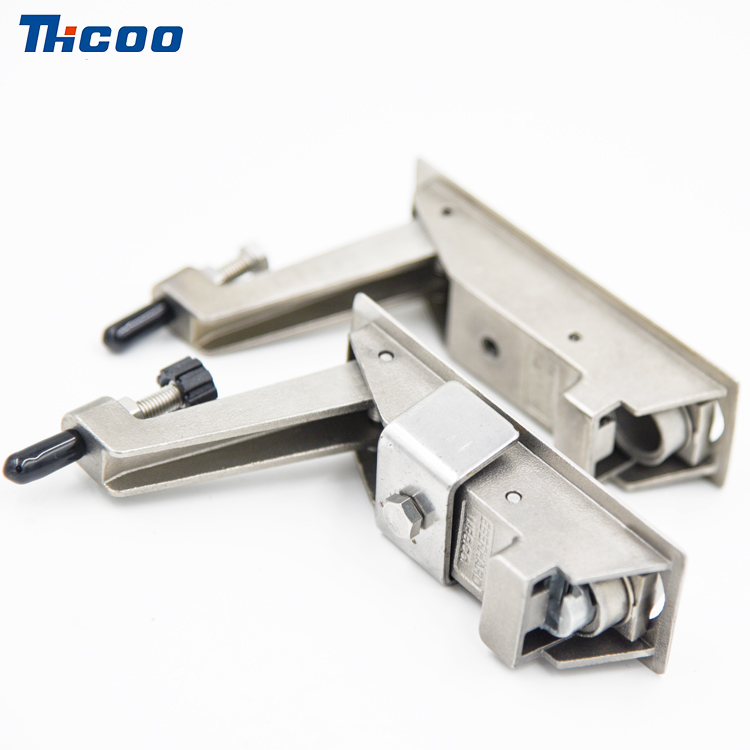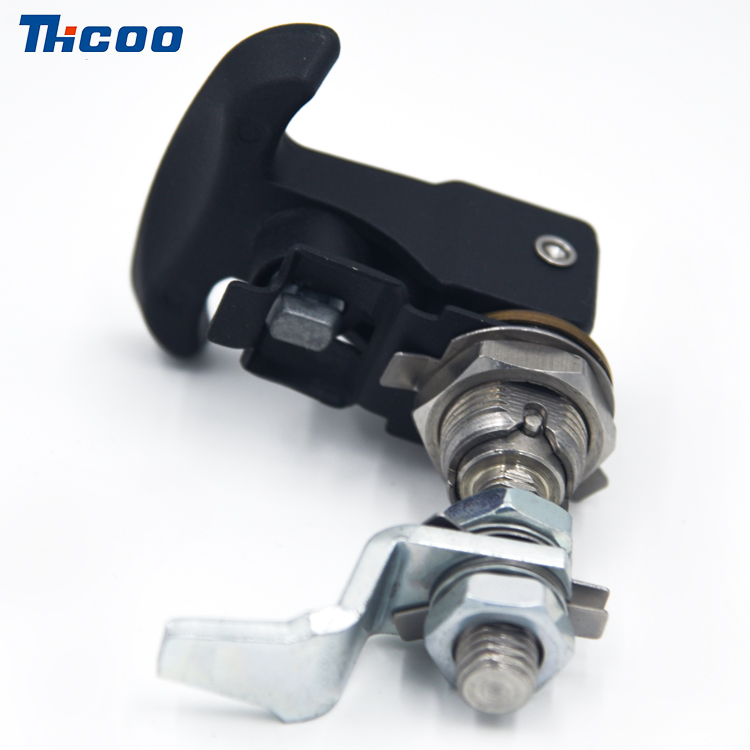The rod control lock is an industrial safety device whose main purpose is to control the operation of mechanical devices and to ensure workplace safety by preventing unauthorized access or operation. There are different designs and mechanisms for this type of lock, but they follow a similar operating principle of controlling the position of a fixed lever or bezel to achieve function. The operating principles and industrial applications of lever control locks are explained in detail below.
The operating principle of a lever control lock is simply described as controlling the operating state of a mechanical device by controlling the position of the lever or baffle. This lever is usually placed in a critical part of the mechanical device, and if the lever is in a certain position, the normal operation of the mechanical device can be hindered or allowed. Among the different types of lever control locks, the operating principles can be divided into two main categories. Mechanical lever control lock and electronic lever control lock.
Mechanical rod control lock:
Mechanical lever lock USES a mechanical device to control the position of the lever. Operators must unlock or release this lever using an appropriate key, password, or manual action. Once the rod is released, the mechanical device can operate or perform certain tasks. Lock the lever, on the other hand, to prevent the operation of the mechanical device and ensure the safety of the operator.
Power rod control lock.
The electronic pole lock USES an electronic controller to manage the position and state of the pole. Typically, operators need to enter the correct electronic password, swipe a card, or perform biometric authentication, such as a fingerprint or iris scan, to unlock the lever. This type of lever manipulation lock typically has more security features, such as logging access events, remote control, and integration with other systems. The electronic pole control lock is also more flexible and can be adapted to different security needs.
Industrial applications for lever control locks:
Lever control locks are used in a variety of industrial applications to ensure operator safety, equipment integrity and a smooth workflow. Here are some common applications of lever operating locks in the industrial sector.
Machines and tools: in factories and workplaces, lever operated locks are used to prevent unauthorized persons from operating or accessing machines and tools. This can help to reduce the risk of accidents.
Industrial furnaces and boilers: the locking of lever operation can be used to control the ignition and shutdown of industrial furnaces and boilers, ensuring that only a trained operator can perform these operations.
Safety valves: in the chemical and petroleum industries, a lock in lever operation can be used to lock safety valves to avoid improper release of pressure and maintain process safety.
Distribution equipment: lever control locks are also widely used in the power industry to control the operation of power distribution equipment to prevent power outages and accidental electric shock.
Traffic signal control: traffic management systems use lever locks to control the operation of traffic lights to ensure road safety and smoothness.

 English
English Deutsche
Deutsche 简体中文
简体中文 languages
languages 

